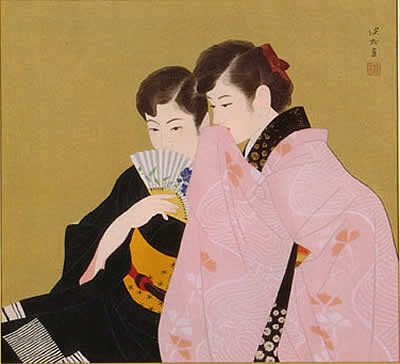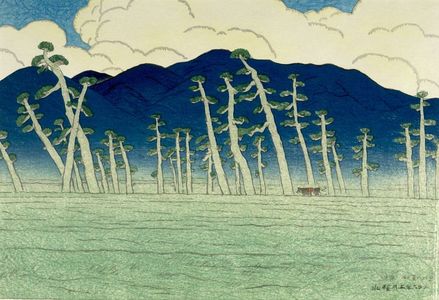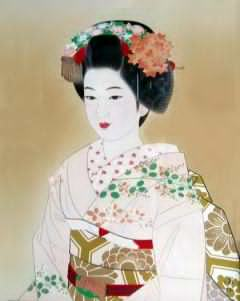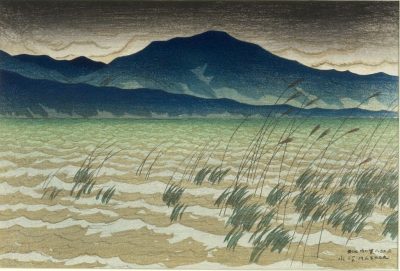Japan art and the richness of Shin Hanga
Lee Jay Walker
Modern Tokyo Times

The Japanese artist Ito Shinsui (1898-1972) produced a plethora of art concerning landscapes and a connection with the past – related to Shin Hanga. Hence, the modern flows of Japanese art in the Taisho (1912-1926) and Showa periods (1926-1989) fused with a latent link to the earlier periods of Japanese history that bind aspects of ukiyo-e.
Shinsui was born during the Meiji Period (1868-1912) and died in the late Showa era. From a very young age, he produced amazing landscapes. However, in time, the flow of the Shin Hanga artistic movement would continuously impact Shinsui.

The Adachi Museum of Art says, “Ito Shinsui was born in Tokyo. He was deeply moved by the works created by Hayami Gyoshu and consequently he decided to become a painter. Under Kaburaki Kiyokata, Shinsui made many works for the government-sponsored exhibitions. Shinsui devoted his life to creating a new style of painting – one which respected the traditions derived from ukiyo-e (Japanese woodblock prints). His painting ability was notable. He painted his bijin-ga (beautiful woman paintings) livelier than what was considered normal which resulted in increased notoriety.”
For Japanese art lovers of ukiyo-e, the Shin Hanga artistic movement naturally fused the past but through the prism of modern-looking versions of the past – even if the themes were more limited.

The Utah Museum of Fine Arts says, “Shin Hanga literally means “new prints” and it was the idea of Watanabe Shoburzo, an early twentieth-century dealer who sold old woodblock prints by nineteenth-century artists Hokusai and Hiroshige. He felt people would also enjoy new works done in the traditional collaboration of artist, woodcarver, and printer. Watanabe chose the genres of actors, beauties, and landscape, which were popular themes in the Edo period of 1603–1868.”
Famous collections by Shinsui include: “Eight Views of Lake Biwa (Omi),” “Twelve Figures of New Beauties,” “Collection of Modern Beauties,” “Twelve Views of Oshima,” “Three Views of Mount Fuji,” and the “Ten Views of Shinano.”

The “Eight Views of Lake Biwa (Omi)” was completed in 1918 when Shinsui was developing artistically. However, this collection would be one of the most awe-inspiring collections that he ever created.
https://www.adachi-museum.or.jp/en/archives/collection/ito_shinsui
https://umfa.utah.edu/arts-of-japan

PLEASE DONATE TO HELP MODERN TOKYO TIMES
Modern Tokyo News is part of the Modern Tokyo Times group
DONATIONS to SUPPORT MODERN TOKYO TIMES – please pay PayPal and DONATE to sawakoart@gmail.com
http://moderntokyotimes.com Modern Tokyo Times – International News and Japan News
https://www.pinterest.co.uk/moderntokyotimes/ Modern Tokyo Times is now on PINTEREST
http://sawakoart.com – Sawako Utsumi personal website and Modern Tokyo Times artist
https://moderntokyonews.com Modern Tokyo News – Tokyo News and International News
PLEASE JOIN ON TWITTER
https://twitter.com/MTT_News Modern Tokyo Times
PLEASE JOIN ON FACEBOOK